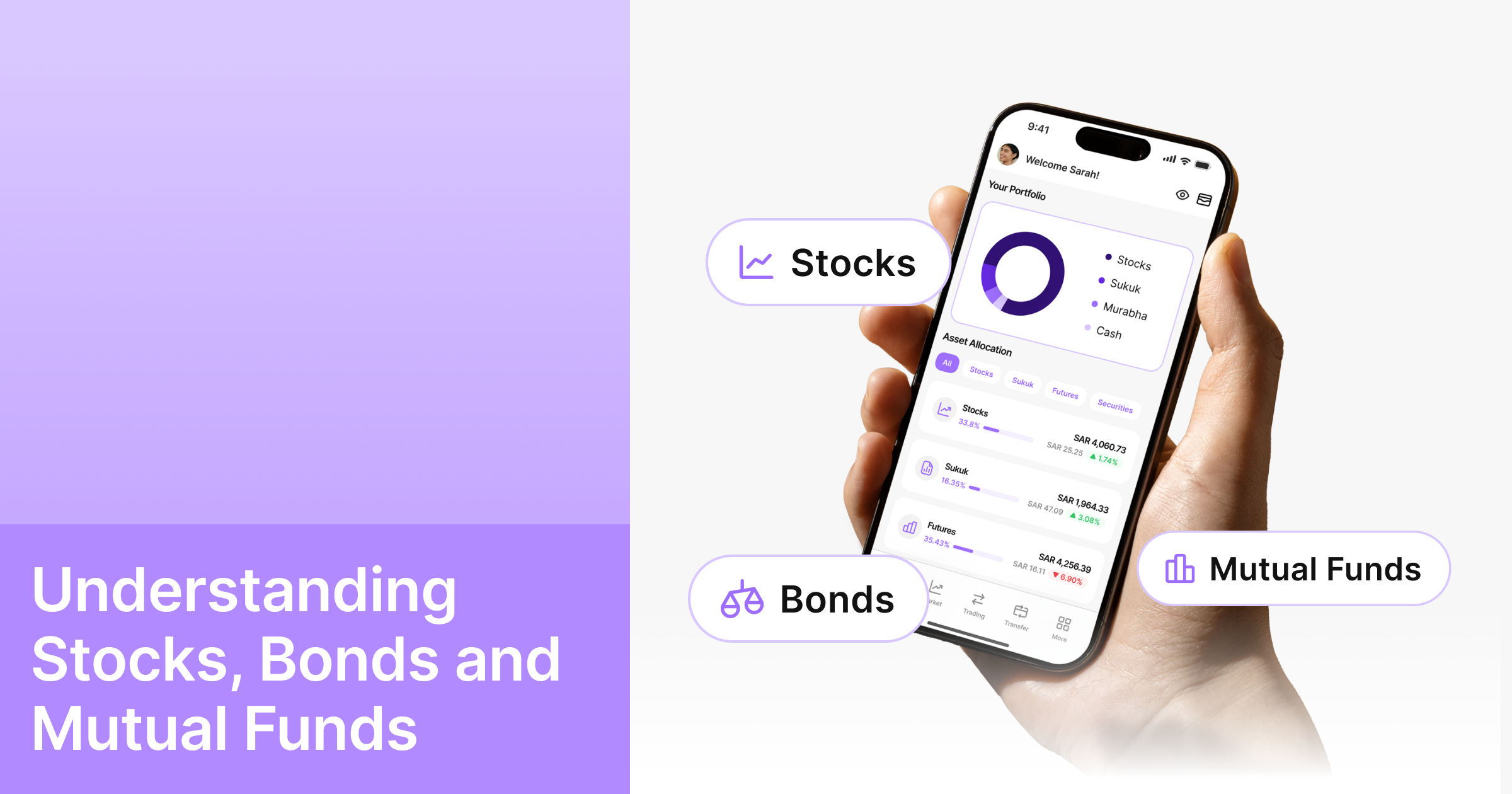Global financial markets are increasingly connected. Movements in major US exchanges, such as the Nasdaq and the Dow Jones, now draw close attention from investors in Saudi Arabia. Local decisions often respond to US economic data, corporate earnings, and Federal Reserve announcements.
This connection reflects more than media coverage. It affects global liquidity, shapes investor expectations, and influences emerging-market behavior, including in Saudi Arabia. Though the US and Saudi economies differ, developments on Wall Street can change local investor choices, both for individuals and institutions.
Reading this link requires more than watching headline numbers. It requires understanding the economic and behavioral drivers behind those numbers and weighing global signals against local context. This article explains those channels and shows how to use them in a measured investment approach.
The link between the US markets and the Saudi market
The US and Saudi economies differ. Yet the Saudi Exchange connects to the US market through several channels, mainly:
- Liquidity flows: When US markets fall or grow volatile, global liquidity may shift toward emerging markets, including Saudi Arabia.
- International investor trends: Institutional investors often follow similar global policies. If US markets turn cautious, institutional behavior may change in markets such as Saudi Arabia.
- Psychological effects: Strong performance in global indices, such as Dow Jones and Nasdaq, can lift investor sentiment in Saudi Arabia and encourage buying. The opposite holds when US indices fall.
Direct Examples: the Federal Reserve’s Policy Decisions
The Federal Reserve’s interest rate policy stands out as a direct channel linking the US and Saudi markets.
- Rising rates: When the Fed raises rates, the US dollar may strengthen. That can make fixed-income US assets more attractive and lead some capital to leave Saudi markets.
- Lowering or holding rates: When the Fed lowers rates or keeps them steady, investors may seek higher returns elsewhere, including in Saudi assets.
Note: Saudi interest-rate policy links closely to the Fed because the Saudi riyal is pegged to the dollar. Fed decisions therefore affect local liquidity and financing costs.
How Saudi Investors Respond to US Market Moves
Saudi investor behavior often reflects global, and especially US, market shifts. Typical responses include:
- Asset allocation changes: A Nasdaq drop, for example, may lead some Saudi investors to cut exposure to growth stocks, especially local tech-related names.
- Risk reappraisal: Higher volatility in US markets tends to increase caution among Saudi investors. They may shift to lower-risk options, such as balanced funds or fixed-income instruments.
- Delaying trades: Investors may postpone entering or exiting the Saudi market until the global picture clears.
Does the Saudi Market Follow the US Market?
The relationship is complex. We cannot say the Saudi market simply follows the US market. The link shows up in some ways, but not as complete dependence:
- Short term: The Saudi market can react to US shocks within the next trading session, particularly after major economic or geopolitical events.
- Shared sectors: Stocks in globally linked sectors, such as petrochemicals, may move with global commodity prices and international market trends, producing similar patterns in Saudi stock performance.
- Long term: Over long horizons, the Saudi market follows its own fundamentals, such as oil prices, national development plans, and local corporate earnings. Local factors shape its long-run trajectory.
Tips for Building a Measured Investment Strategy
Given this link, Saudi investors should treat signals from US markets with analytic care rather than as automatic triggers. Consider these practices:
- Diversify your portfolio: Spread investments across asset classes, such as global equity funds and real estate, to reduce exposure to a single market shock.
- Avoid hasty decisions: Do not base investment moves solely on short-term swings or single trading sessions.
- Focus on long-term goals: US market moves can offer useful signals. Yet a sound strategy rests on clear, long-term objectives that match your risk tolerance.
- Follow major economic events: Track indicators such as inflation reports, interest-rate decisions, unemployment data, and major corporate earnings. These events often signal shifts in global liquidity.
- Read events in local context: A Nasdaq drop does not automatically translate to local harm. Assess the impact on the Saudi economy and on the specific companies listed locally.
How to Choose the Right Investment Fund Amid Global Market Influence
When you consider investing in a fund, understand how global market performance may affect it. Check the following:
- Fund policy: Does the fund invest only in local stocks, or does it have global exposure? This determines sensitivity to international events.
- Risk profile: Funds focused on growth or technology, for example, often react to indices such as the Nasdaq.
- Investment horizon: Funds vary by intended holding period and by how they respond to global volatility.
- Track record: Past performance can offer clues about how a fund behaved in past global shocks. Remember, past performance does not guarantee future returns.
- Fees and cost structure: Volatile markets may increase trading in active funds. Check whether fees remain reasonable given the expected value.
Conclusion
US stock markets now form an integral part of the modern investment landscape. The Saudi market keeps its local character, yet global links make it essential to consider the wider context when you decide. The investment approach that works best balances measured analysis with calm judgment, not emotional reactions. Careful monitoring and ongoing learning remain crucial to sound investment choices.
Disclaimer: All information provided is for educational and awareness purposes only. It does not constitute an investment recommendation. Past performance is not indicative of future results. Please consult your financial advisor before making any investment decision.
Derayah Financial, licensed by the Capital Market Authority, License No. 27-08109 dated 19/06/1429H (23 June 2008).
H2: Frequently Asked Questions
1- What are the main economic factors that affect the Saudi stock market?
The Saudi market is shaped by several economic factors. Oil prices have a major influence due to the economy’s reliance on oil revenue. Interest rate changes affect liquidity and borrowing costs. GDP growth, unemployment, and government spending impact corporate performance and investor sentiment. Geopolitical events and regulatory shifts also drive market volatility.
2- How does inflation affect stocks?
Inflation reduces consumers’ buying power and raises companies’ costs, which can pressure profits. Central banks may respond with higher interest rates, making bonds more appealing than stocks. Effects vary by sector, commodity firms may benefit, while growth and tech companies often face more challenges. Overall, inflation adds uncertainty to investing.


